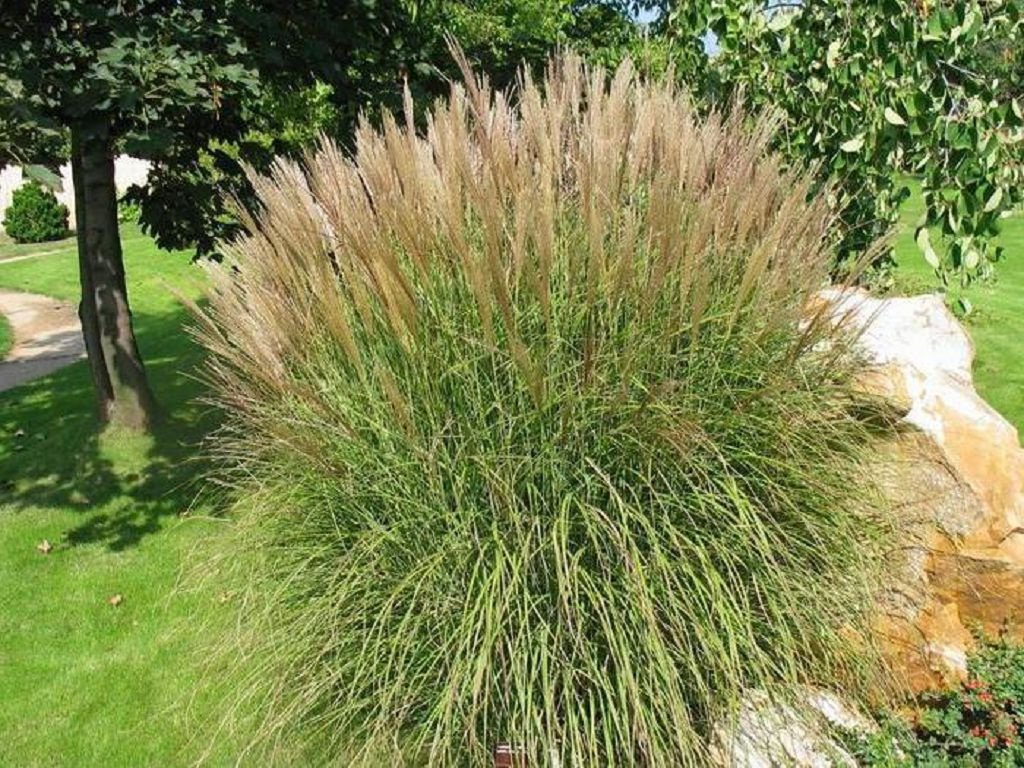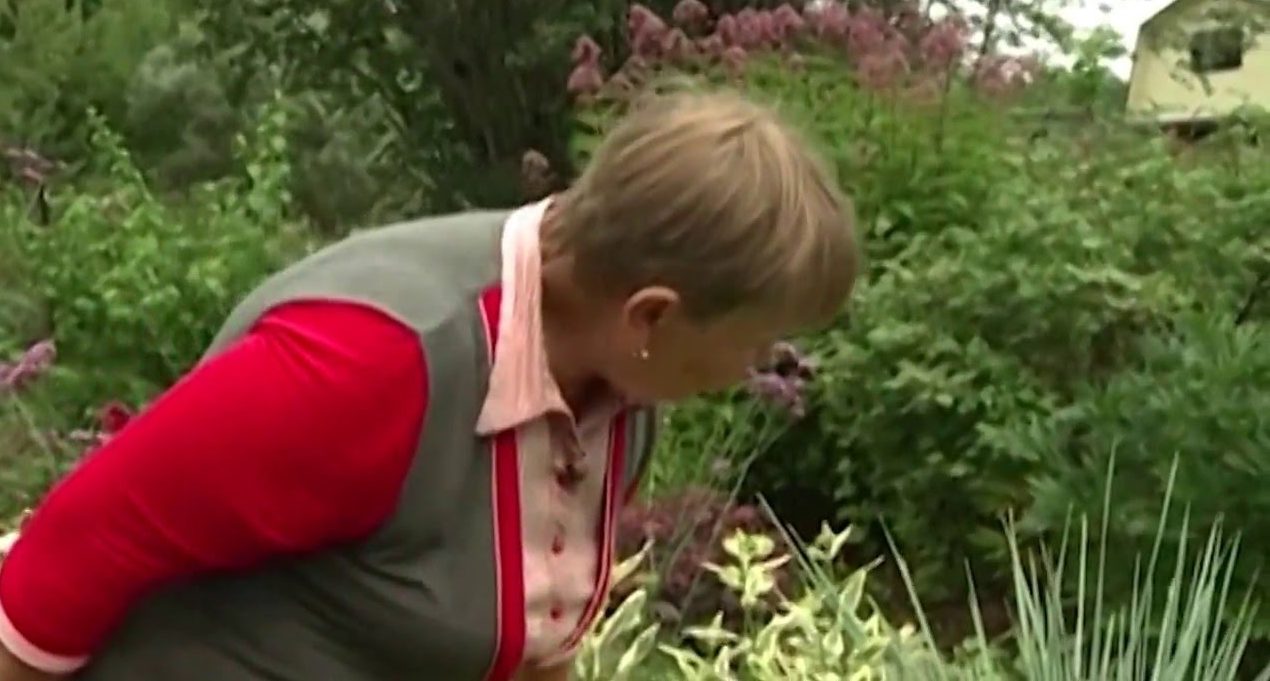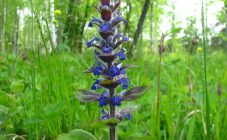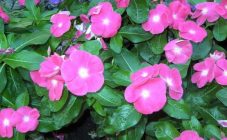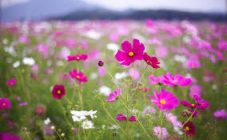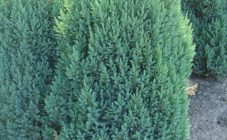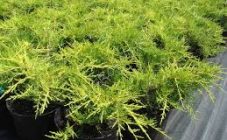Content:
Miscanthus, or as it is also called the fan, belongs to the family of cereals. Translated from Greek, the word Miscánthus means "flower on a leg." In nature, about 40 species of this plant can be seen in Africa, China, Australia, India and Korea. In the Moscow region, there are only a few representatives of miscanthus. Veernik is thermophilic, therefore the cold climate of Siberia does not suit him. However, scientists found a way out and produced the Soranovsky variety, which took root well in such a harsh climate. It is also found in the Urals.
The main advantage of this plant is that it can cleanse the earth from radiation pollution. So, there are cases when miscanthus pulled heavy metals from the soil and accumulated them in its roots.
Features of appearance
The height of the perennial ranges from 80-200 cm. However, there are varieties that can be higher. The plant branches strongly near the ground and has a creeping rhizome. Miscanthus leaves are tough and reach about 2 cm in width. The inflorescence looks like a fan-shaped panicle about 30 cm long. Spikelets are represented by 1 flower, which is surrounded by hairs.
As soon as it gets warm outside, the fan spreads in different directions, trying to fill all the free territory. Therefore, so that it does not spread, you need to take good care of it and build a special hedge that will restrain the shoots of this plant.
Around the middle of summer, most perennial species bloom, and in autumn they show their beauty to the maximum. The life cycle of miscanthus reaches approximately 30 years.
The most popular varieties of fan are:
- Miscanthus Chinese. This is a very common type. On its basis, about 100 varieties have been bred. In nature, it grows in China, Japan, and also occurs in the Far East.
- Miscanthus Zebrinus. It differs from other species in its striped color, which is similar to that of a zebra. The downside of this variety is that it needs support.
- Miscanthus Strictus. It attracts with its unusual colorful appearance. Perennial is not picky in the choice of soil, more resistant to drought and gusts of wind.
- Miscanthus Variegata. Its leaves have clear white stripes that give the plant originality. This species is frost-resistant, can withstand a temperature of -230.
How to plant miscanthus
The plant propagates by dividing an adult bush. In this case, you should act very carefully so as not to cause irreparable harm to the fan. You can buy an adult miscanthus in a container from the nursery. A more mature plant develops better and tolerates winter well. In addition, in order for miscanthus to take root, you must adhere to certain rules:
- A fan can be planted in the soil only when the air temperature is not lower than 20 °. Otherwise, the bush grows slowly.
- When planting in a hole, the rhizome is covered with about 5 cm of earth. There is no need to tamp the soil, let the soil be airy.
- After planting, the perennial is watered and make sure that the earth does not dry out. In July, the plant will take root and begin to fully develop.
Miscanthus chinese: planting and care in the open field
Since the homeland of the cereal crop is warm and high humidity countries, it is accordingly necessary to create the same conditions when growing miscanthus in the Moscow region, or any other region of Russia.
In order to plant and care for miscanthus in the open field, you must adhere to the following recommendations:
- The landing site must be sunny.
- This perennial loves fertile soils, therefore it will not grow in sand or heavy clay.
- Be sure to apply special fertilizers once a season. In the spring, it can be a complex of minerals, or organic matter, but an excess of nitrogen can harm the plant.
- Veernik does not like dry soil, so he needs to ensure timely watering. To retain moisture, the soil must be mulched. The stems of miscanthus are also suitable as mulch. To do this, they must be cut and dried.
- As for shelter for the winter, not all species need to be protected from frost. Only thermophilic varieties need shelter.
- Pruning also plays an important role. During the winter, shoots and leaves fall off, and in March the plant must be cut almost flush with the ground.
Diseases and pests
Miscanthus is resistant to pests and diseases, but still, if the plant is not timely treated with special insecticides in spring and summer, then problems may arise.
The most common pests that do not mind eating a fan are:
- Spider mite. This parasite feeds on plant cells. It is very dangerous as it multiplies and moves quickly. In addition, a spider mite can infect cereals with gray rot, since it is a carrier of its spores. The appearance of a tick is signaled by a thin cobweb. Because as soon as it appears on the plants, they must be immediately treated with special agents. For example, it can be Akarin, Kleschevit, Vartimek and others.
- Shield. A very dangerous pest, since it can destroy the plant if you do not start treating it in time. The scale insect drinks the juice, the leaves begin to turn yellow and fall off. Over time, miscanthus can dry out altogether.
- Chafer. It is not the insect itself that is dangerous, but its larvae, which eat the rhizomes of plants. Several of these insects are quite capable of destroying the fan.
- Scoop. Most of the time, this caterpillar spends in the soil and eats the roots of the plant. However, there are times when it also eats the aerial part, which is not far from the soil.
As for diseases, miscanthus is exposed to root rot.
Use in garden decoration
Miscanthus varieties are so diverse that they simply have no equal. These plants are worthy of competition in beauty and shape among perennials.
Such decorative cereals look very impressive against the background of reservoirs, in rocky gardens or flower beds. They are used both in group and single plantings on a grassy lawn.
